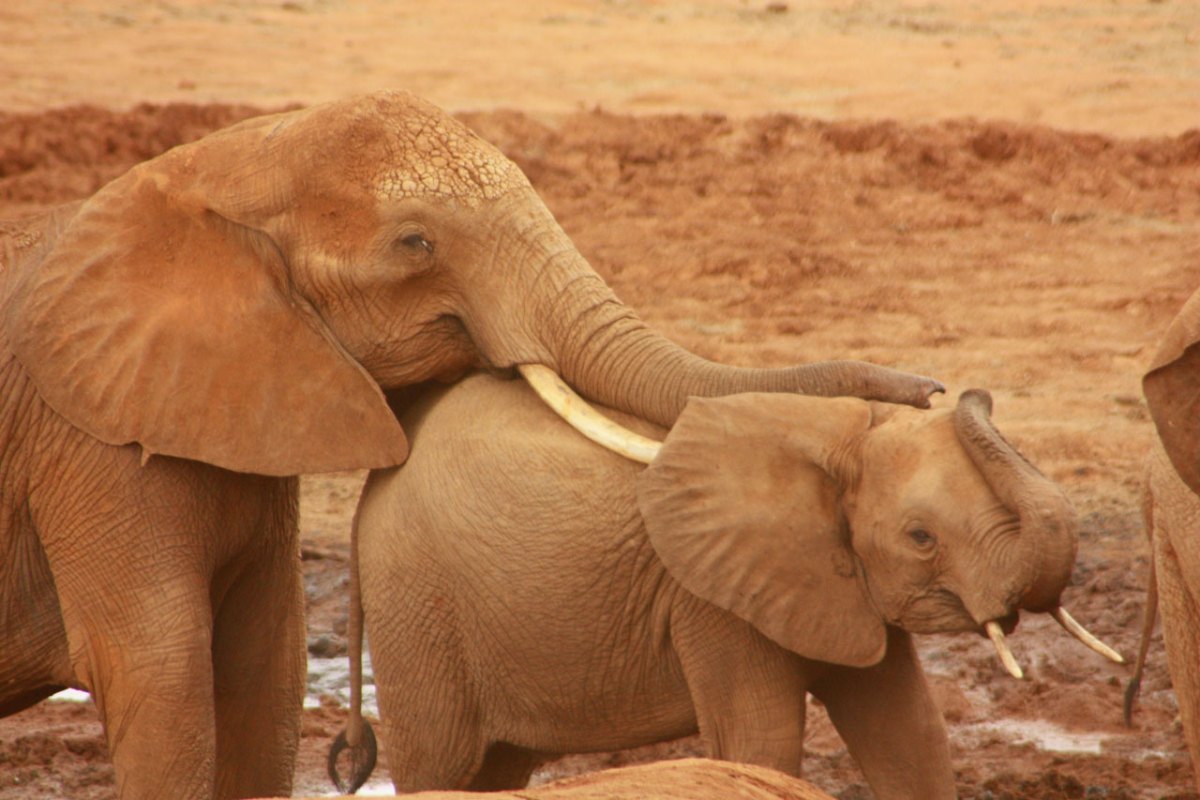The current global elephant population hovers just around 400,000. Meanwhile, poachers are killing 40,000 elephants a year, and it is very difficult to catch them in the act. They operate over a wide area, only move a few elephant tusks at a time and can easily hide their ivory contraband among other goods at major ports.
But a new study by Samuel Wasser, director of the Center for Conservation Biology at the University of Washington, and his colleagues shows a new approach that could help catch and convict more international ivory poachers and traffickers.
Wasser has already created a genetic map of African elephants by analyzing scat from across the continent. He can now link that map with genetic analysis of confiscated tusks to figure out where the animal was living when it was killed, which can then help law enforcement target areas most susceptible to poaching, reports The New York Times.
“It helps us focus our investigative efforts and our conservation efforts on the ground to attack the problem at the source and also to take down the transnational criminal organizations that are responsible,” said John Brown, a special agent in the United States Department of Homeland Security who is involved in prosecutions of ivory traffickers, to The Times.
Thanks for reading InsideHook. Sign up for our daily newsletter and be in the know.


















